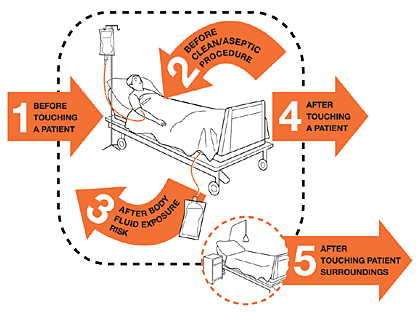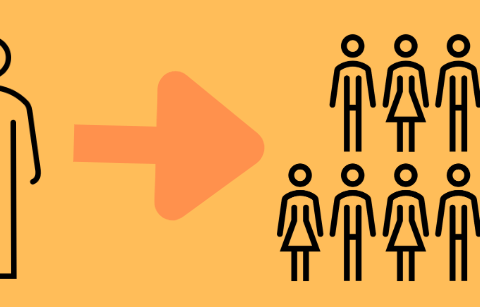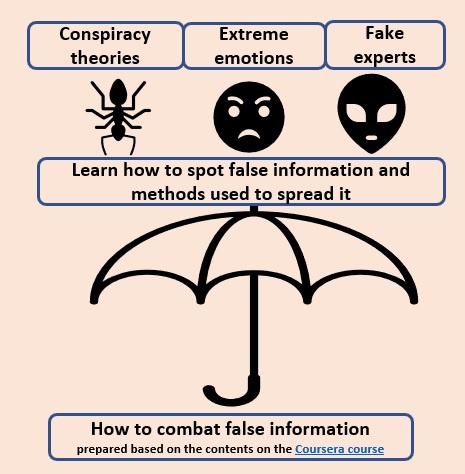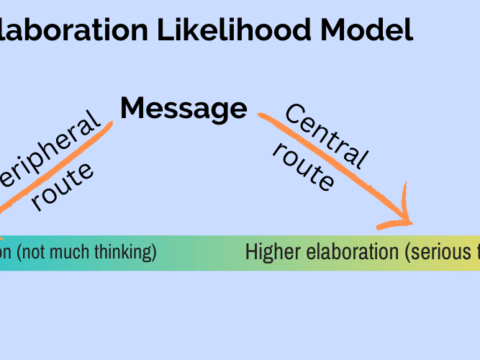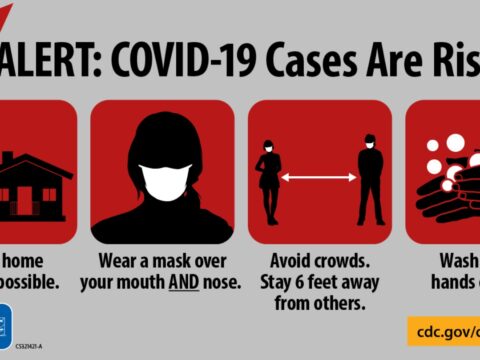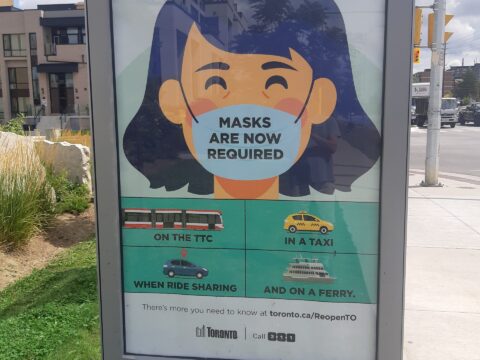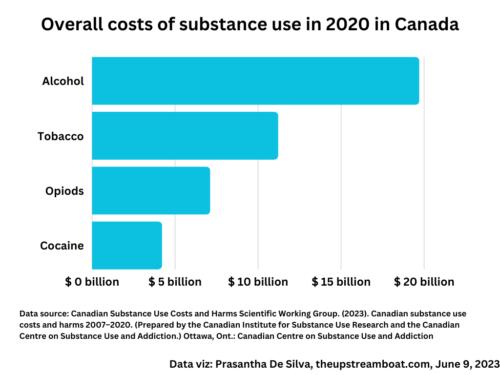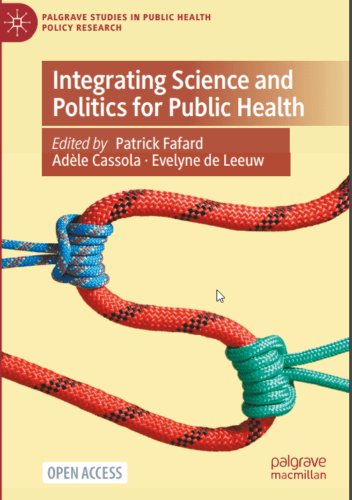Author: Prasantha De Silva
Paulo Freire’s the pedagogy of the oppressed
Updated December 28, 2022. Paulo Freire’s pedagogy of the oppressed has influenced adult learning and social change movements remarkably; although he published it in 1968, its influence has not waned over the years. It is, in fact, a classic masterpiece of community change. Paulo Freire (1927-1997) was a Brazilian educationist. Originally, the book came out in Spanish. His work with Chilean peasants had become very helpful for his research and to develop his adult education theories. We can find those theories in this book. You can read and download its 30th-anniversary edition through this link; https://envs.ucsc.edu/internships/internship-readings/freire-pedagogy-of-the-oppressed.pdf A review of the…
WHO’s Multi-modal Hand Hygiene Strategy
In 2009, the WHO published its hand hygiene promotion strategy. It was a multi-modal strategy and consisted of five modes. These were as follows; WHO’s multi-modal hand hygiene strategy Moreover, the WHO published a guide to facilitate the implementation of those strategies. I summarized it below. Component 1: System change Contrary to my expectation, it is not about a systems change per se; rather, it refers to availability and accessibility to products that require handwashing: alcohol-based hand rub at the point of care; access to a safe, continuous water supply, soap, and towels. Component 2: Training and education This refers…
Spin in Psychiatry and psychology research abstracts
This post looks at how misreporting (spin) occurs in psychiatry and psychology research, more specifically in its abstracts. In 2019, Samuel Jellison and his team looked into this. We will see what they found. They reviewed research papers published between January 2012 and December 2017. Of the located 116 papers, they concluded that 65 papers (that amounts to 56 per cent) with distorted reporting in the research abstracts. Interestingly, they could not find any significant association with the funding source; in other words, the spin did not vary whether the funding was from a for-profit industry source or not. How…
Education alone does not improve hand hygiene
Does education alone improve handwashing compliance among healthcare workers in a hospital setting? According to the study that I discuss below, the short answer to the above question appears to be no. However, this study has adopted a before-after intervention design without a control group. The more accurate interpretation should be that education/feedback intervention alone is inadequate to improve handwashing compliance significantly. Setting Two ICUs and one general medical ward in a US hospital Target audience All healthcare workers Study design Before-after intervention /observational study Intervention Six in-service education/feedback intervention per each unit Main outcome measure Direct observation of handwashing…
Alcohol sanitizers and hand hygiene compliance
Hand hygiene has become nowadays one of the most heard behavioral activities. It is one of the most effective actions we should do to prevent the spread of the COVID 19 virus. Therefore alcohol hand sanitizers are an essential commodity. The healthcare workers are not an exception. However, adherence to cleaning hands with 70 percent alcohol hand sanitizers by healthcare workers requires promotion. Simply, alcohol hand sanitizers should be made accessible at hand whenever necessary, most of the time at bedside of patients in hospitals. Does alcohol-based hand rub sanitizers, when accessible, improve hand hygiene compliance among healthcare workers? The…
Physical distancing is not social distancing
Image source:https://pbs.twimg.com/media/EWCfY8-UwAAdsv_?format=jpg&name=small What we need exactly is to stop spreading the COVID 19 virus; that is it. We do it by staying away from each other physically and adhering to washing hands each time when we touch anything or any surface outside the home and avoid touching face each time after touching anything or any surface outside the home. Certainly, not social distancing; in fact, we should combat social isolation. I am not the only one talking about it. Although a bit late, WHO emphasized its position about it at one of their media conferences, held on March 20, 2020;…
Handwashing signage at point-of-use
Is reminder signage at point-of-use to promote handwashing for hospital healthcare workers effective? The conclusion is No. Setting acute care hospitals in the US Target audience all healthcare workers Number of units involved 58 in-patient units in 9 hospitals Method cluster-randomized clinical trial; units were randomly assigned to (1) no change; (2) weekly change; and (3) monthly change. Intervention reminder signs were placed next to Alcohol-based dispensers Assessment covert observation at entry and exit points to patients’ rooms Conclusion no statistically significant effect Interpretation Nudging by changing signs did not influence hand hygiene practices. Journal reference October 23, 2019. doi:10.1001/jamanetworkopen.2019.13823…
“Got milk?” and “Got Polio?: Me Neither
When I saw this, it reminded me of another famous advert with a similar narrative. It was aimed at increasing milk consumption among US consumers in the past: “Got Milk?”. “Got Milk?” was one of the most famous US campaigns. Jeff Manning, the Executive Director for the California Milk Board hired an Advertising company in San Francisco to develop a campaign; “Got milk?” was the result. The published literature about this campaign teaches us important lessons. I am attempting here to apply their strategies that may be applicable in raising vaccination rates and possibly to other campaigns too. During that…
Words matter in COVID 19 communication
Words matter in Communicating the COVID-19 pandemic. It is not easy. Unknowingly, we contribute to social stigma with our words and phrases. UN agencies have been addressing this problem during the past two decades about previous outbreaks and pandemics through their country counterparts. Still, the problem exists and is widespread. Find out the words and phrases that we need to use and avoid while communicating COVID-19. Words matter in COVID 19 communication; it matters a lot. Raise awareness among your circles, particularly opinion leaders, decision-makers, program managers, social media, and other influencers including media reporters, and their editors. Talk about…
WHO short guide on how to communicate COVID 19
This is not a new one. It was released on Feb. 24, 2020. And, it is the responsibility of the WHO people to communicate and train relevant country representatives. The key points in this very short document are as follows; 1. Do talk about “people who have COVID 19”(Do not talk about “COVID 19 cases” or “COVID 19 victims”) 2. Do talk about “people who may have or (presumptive) COVID 19(Do not talk about “COVID 19 suspects” or “suspected cases”) 3. Do talk about people acquiring or contracting COVID 19(Do not talk about “transmitting COVID-19” “infecting others” or “spreading the…







